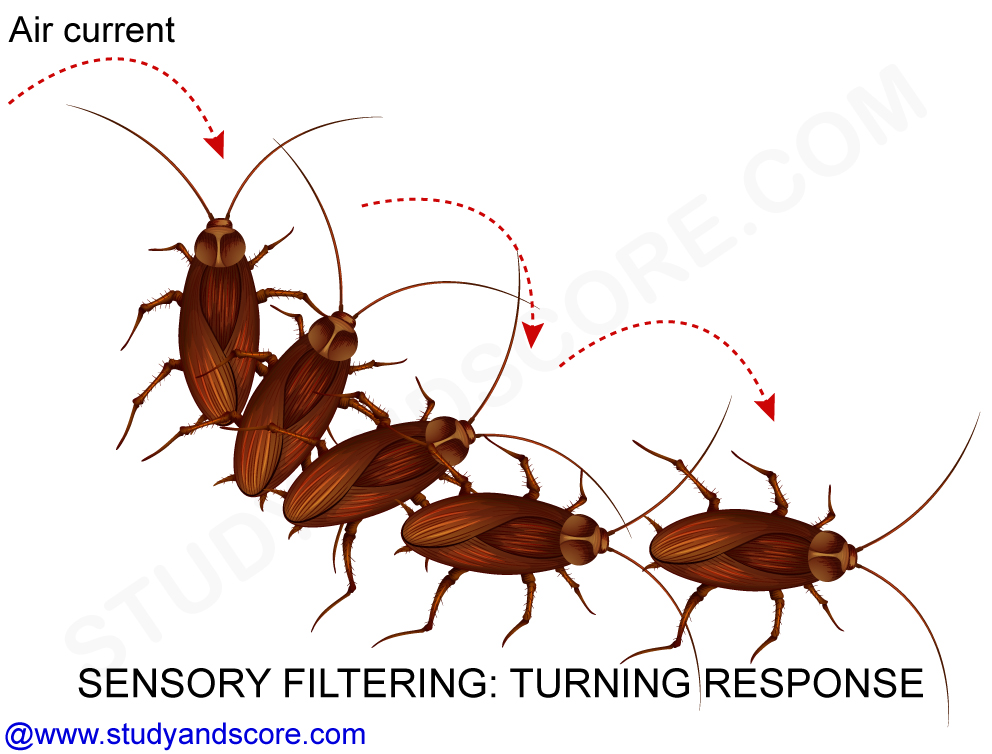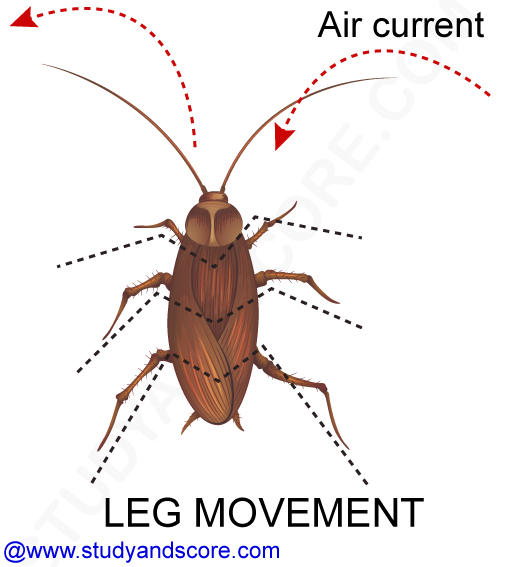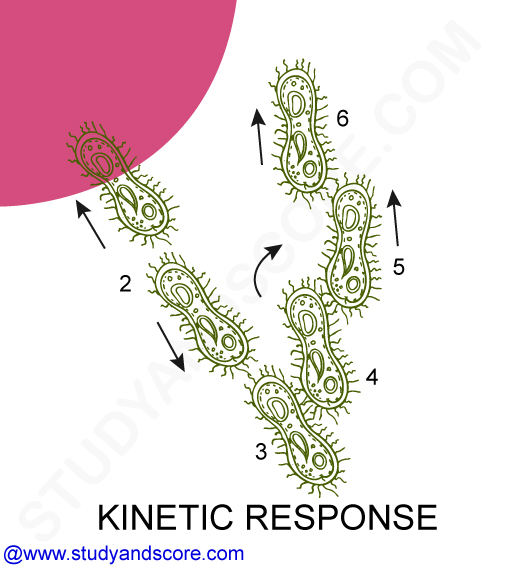Behaviour depends on the ability of an animal to get information about its surroundings and immediate environment. Organisms perceive its environment with the help of sensory systems. For example consider Jelly Bean. Hawaiian punch, Cherry and Cinnamon bean are different varieties of jelly beans.
Hawaiian punch and Cherry have the same colour and distinguishing them visually is not possible. While eating these two varieties of beans, if our nose is blocked to prevent smell from providing information, taste alone does not allow us to determine which bean is punch and which is cherry. But this decision is easy with olfactory information. Finally, the cinnamon bean activates our trigeminal system which provides critical information independent of taste and smell.
Sensory Systems allow us to form internal representations of our surrounding world, by transducing stimulus energy into neural signals which are conveyed along specific neural pathways. Stimulus is any form of energy that can be detected by the body. Signal is a physical coding of information capable of transmission through environment. All central acts of information processing, which link the initial stages of sensory reception with the creation of a subjective sensory percept are included in sensory processing.
Sensory stimulus is anything that has an Effect on any of your Senses. Sensory stimulus can be touch, smell, sound, sight, or taste. The brain is the operations network for the entire body. It controls everything that our body senses and signals the body to react or act in a specific manner to the stimulation. When you smell smoke, your brain immediately orders your eyes to look out for Fire. When you smell candy your brain tells you that you want some of the candy to eat.
Sensory filtering is also known as stimulus filtering The process of separating useful sensory information from the many thousands of stimuli present in the external environment, so that only potentially useful information is sent to the brain. Many sensory organs are so well adapted to receive stimuli only within a certain range. For example, the human eye only detects colours in the visible region of the spectrum and the colours in the ultraviolet or infrared regions of the spectrum are not detected by human eye. Another method of stimulus filtering is sign stimuli. Sign stimuli are more important than other stimuli in eliciting a response and once detected all other stimuli will be ignored.
The basic mechanism organisms use to identify objects and events is called as stimulus filtering. A cell or group of cells in the nervous system is tuned to respond to a particular pattern or combination of features in the sensory input and is unresponsive to other possible features. The feature may be as specific as a particular chemical substance or as general as movement somewhere in the visual field. The response of these neurons constitutes a mental representation of the object that is associated with the feature.
In simpler organisms such as insects, objects are defined by a small number of features and the cells that respond to these features are closely connected to cells that control motor responses. If we may speak of perception and value in such organisms, perception, evaluation and initiation of action are virtually simultaneous and indistinguishable. The stimulus filters possessed by an organism are closely tied to its life style and have been selected through evolution to detect features that are strongly correlated with the objects and events important for survival and reproduction.
Example1: Cockroaches are extremely difficult to catch, partly because they are exquisitely sensitive to smallest of air currents. They respond with a fast turning and running movement that is accurately directed away from the source of the air current.
In their natural habitat that is leaf litter on the forest floor, the American Cockroach (Periplanata americana) can evade the strikes of its predator, the toad by detecting the movement of air currents caused by the movement of the toad’s tongue before the tongue has even left the mouth of the frog.


Hence, Cockroaches are particularly very sensitive to sudden increase in the velocity of air currents. This is a very good example of sensory filtering which enables an animal to respond to most significant stimuli and ignore less significant background events. The first movement cockroach makes is triggered rapidly within 50 milliseconds of the start of an air current and it is rapid turn away from the direction of attack that involves the coordinated movement of all six legs at the same time.
Example 2: The unicellular organism, Paramecium shows a kinetic response with respect to the local concentration of carbondioxide. When it senses a high concentration of carbon dioxide it withdraws and turns through a certain angle and advances again. But its new direction is unrelated to the direction of the stimulus.


- Share with your friends! -
Login to post your comment here...
- or with social Account -